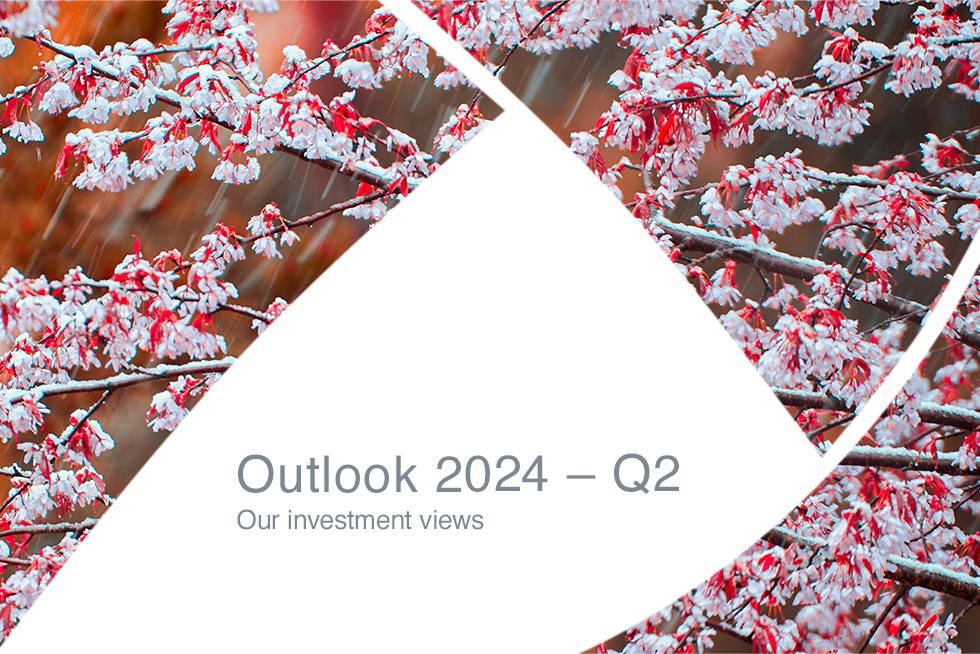Compound interest: a profitable reinvestment strategy?
When we invest our money in a fund, stock, or company that shows promising growth prospects over time, we expect our initial investment to generate a return. But what do we do with that return once it reaches maturity? We can cash it out, invest it elsewhere, or spend it ? All options are on the table. But have you ever considered reinvesting it in your initial stake?
Certain financial products – such as bonds, funds, or some real estate investments – offer the option to do so by working with compound interest, an investment method that is often underestimated but can prove extremely effective in a long-term perspective. Especially if the announced return remains stable. But before that, it is important to understand what compound interest is and how it works.

Compound Interest: Explanation
Although the vast majority of people are familiar with the idea of interest, compound interest is often seen as a complex notion when, in fact, it is simply the accumulation of interest: interest calculated on the initial capital to which previously earned interest has been added. In other words, compound interest allows for the generation of interest on interest. A process that may seem insignificant in the short term but can, over time, allow for gains to be accumulated exponentially.
How it works ?
This exponential wealth is now in the hands of a whole generation of heirs, who will have to find solutions to consolidate and perpetuate their assets. It’s a challenge that not only requires specialist skills in a number of areas, but also a certain vision for the future. The issues identified include succession and transfer of ownership. Let’s take a simple case. Suppose you invest CHF 50,000 in a company with an annual return rate of 5%. After the first year, you will receive interest of CHF 2,500. If you reinvest this gain in your initial investment, you will then have a total amount of CHF 52,500, on which your interest for the second year will be calculated. This time, you will make a profit of CHF 2,625 (or 5% of CHF 52,500). And so on. You will then move on to a capital of CHF 55,125 for the third year. Do the math! After 10 years, you will have more than doubled your investment. This is how compound interest can make your initial investment grow over the long term.
However
, be careful. As always when it comes to investment, working with compound interest requires great vigilance, first in terms of choice of investment, then in monitoring its performance, because the process of compound interest also works for losses. Indeed, if you suffer a loss, it will also be compounded. A rule,
however, remains essential. The use of compound interest should be primarily considered in the long term. The longer you let your investment mature, the more effect compound interest will have. At the same time, the higher the return rate, the greater the potential gains will be.
However, it is important to keep in mind that interest rates and returns on compound interest investments can vary considerably, as can the risks associated with these investments. That’s why it is crucial to understand how they work in order to make the right decisions at the right time and better exploit long-term investment opportunities. We always come back to the same fundamentals: investors must define clear investment objectives, take into account their risk tolerance, and set a time horizon before choosing a compound interest investment. This is a golden rule that must be applied without concessions, regardless of the type of investment selected.
You may also like
Business and sustainable investment at a crossroads
With social networks everywhere, that which is at stake in the fight against climate change, against discrimination, in reducing inequalities and social inclusion occupies an increasingly important place in public realms and opinions.
Investment: The Traps of Social Media
In today's digital era, social networks and online platforms offer a myriad of possibilities for investors, from tips on the most promising stocks to the latest investment opportunities.
Outlook 2024 – Q2
As we enter the second quarter of 2024, the global economy is faced with a complex set of challenges and opportunities. Inflationary pressures, which were a major concern in the previous year, have started to show signs of moderation, though unevenly across different regions.



